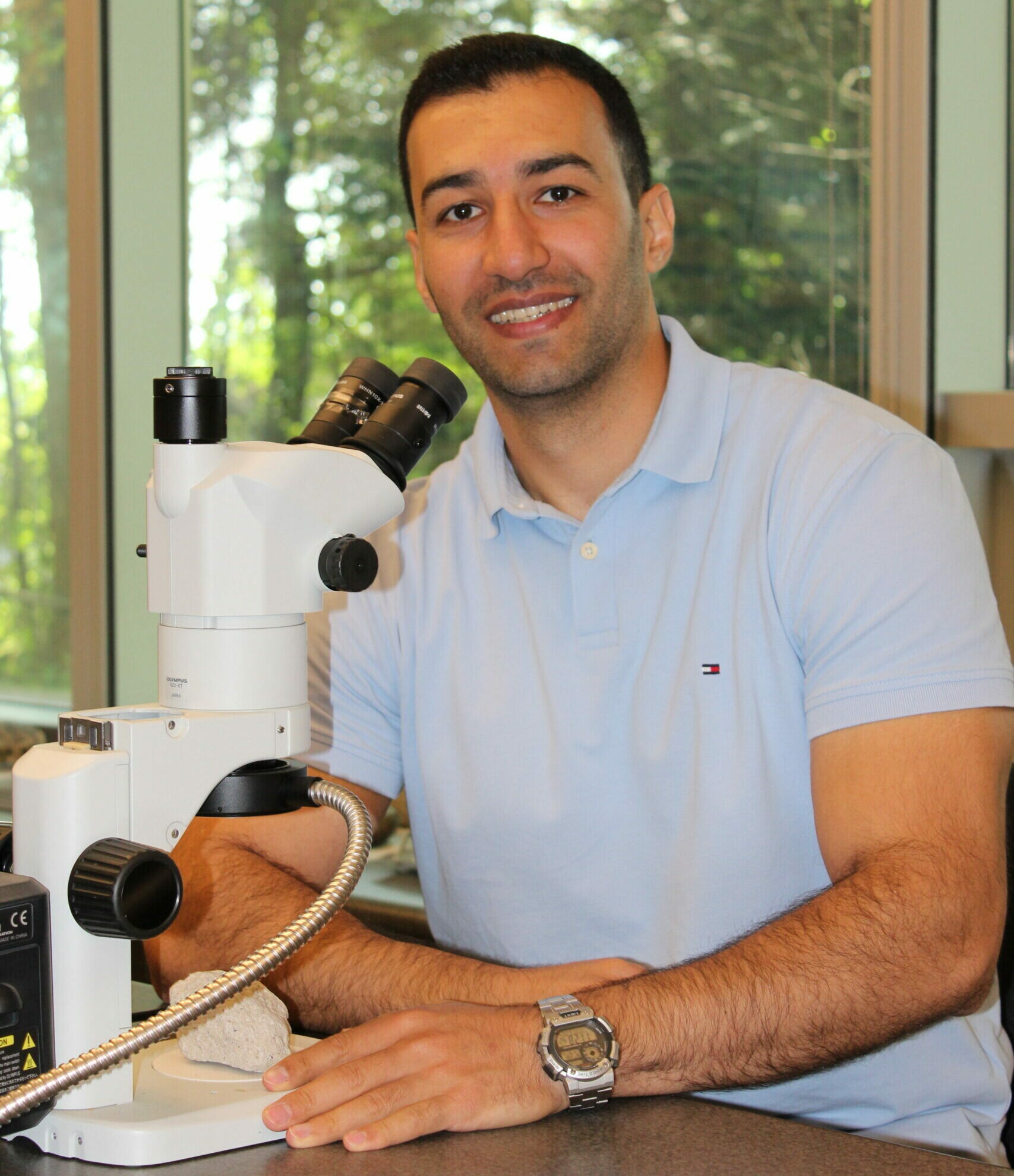Biography:
Maziyar began his Ph.D. program at Simon Fraser University (SFU) in the fall of 2021 under the supervision of Prof. Shahin Dashtgard. Prior to joining SFU, he obtained his M.Sc. in Petroleum Geology from the University of Tehran, Iran, in 2019, and his B.Sc. in Petroleum Engineering in 2013. Maziyar graduated as the department’s top-ranked student in his M.Sc. During his M.Sc. program, Maziyar conducted research on the influence of porosity type on stochastic petrophysical calculations, specifically focusing on Archie exponents. Maziyar’s current research project is about the 3-D reconstruction of the Georgia Basin in BC’s Southwest Region and its potential for carbon sequestration adjacent to BC’s Lower Mainland. Maziyar’s research interests encompass petrophysics, carbon capture and underground storage, reservoir characterization, reservoir modelling, sedimentology, basin analysis, and basin modelling. Furthermore, he was awarded the SFU Graduate Dean’s Entrance Scholarship in 2021, the Canadian Energy Geoscience Association (CEGA) Regional Graduate Student Scholarship and the Geoscience BC Scholarship in 2022.
Project: 3-D Reconstruction of the Georgia Basin and Potential for CO2 Sequestration in the Lower Mainland, BC
The region of BC known as the Lower Mainland (LMBC) hosts approximately 60% of BC’s population and industrial activities and as such is a major source of greenhouse gas emissions in the province. LMBC has been evaluated previously for hydrocarbon potential and natural gas storage and represents a readily accessible and potentially economically feasible locale to store CO2. However, no significant effort has yet been made to evaluate the feasibility of carbon capture, utilization and storage (CCUS) in the LMBC. Sedimentary strata below the LMBC are poorly understood, particularly at depth, and the geological context (e.g., depositional environment interpretations and facies analysis) of these strata has not been examined in detail. To address this knowledge gap, this research aims to 1) place the strata below the LMBC in a geological context and assess these strata for their reservoir potential, and 2) build an integrated 3-D geological static model of the strata. These data will then be used to 3) estimate the storage capacity and long-term fate of injected CO2 and 4) define subsurface geohazards (e.g., faults) through assessment of the geological model.
